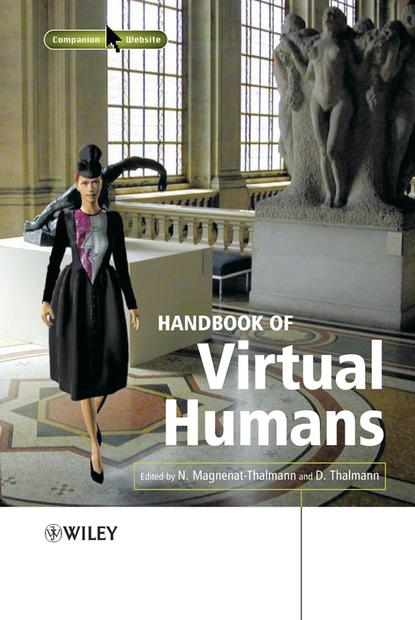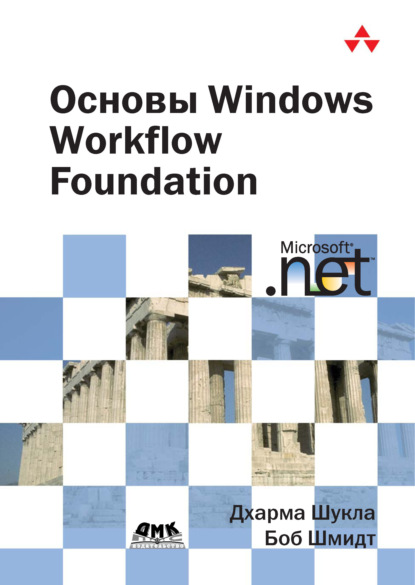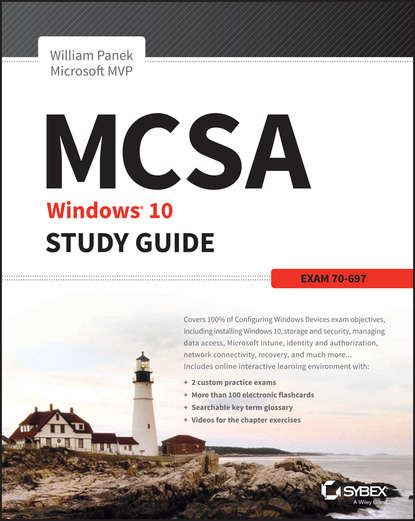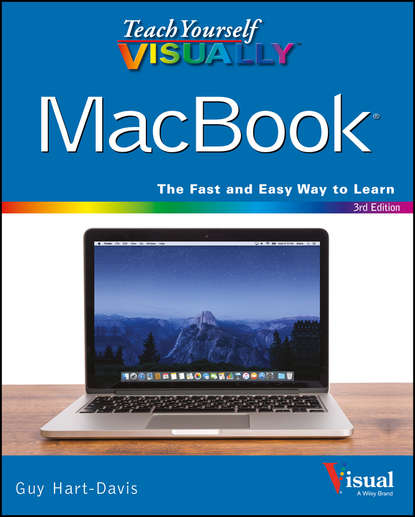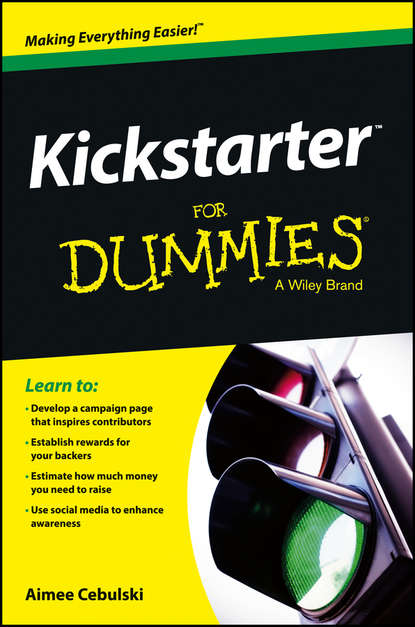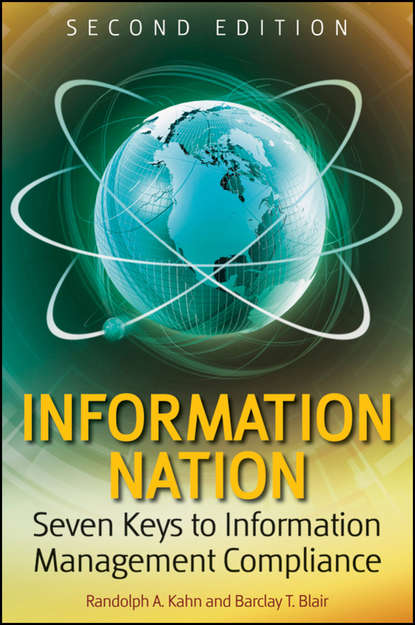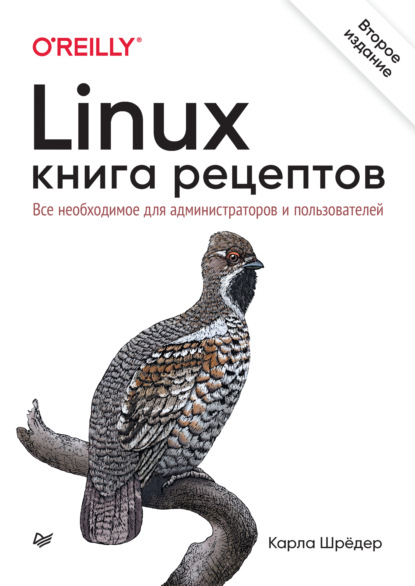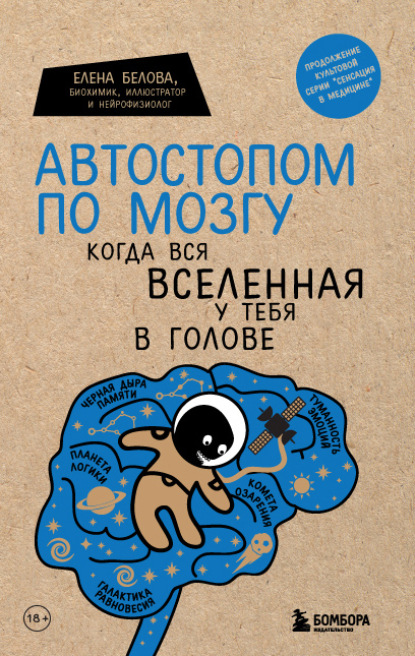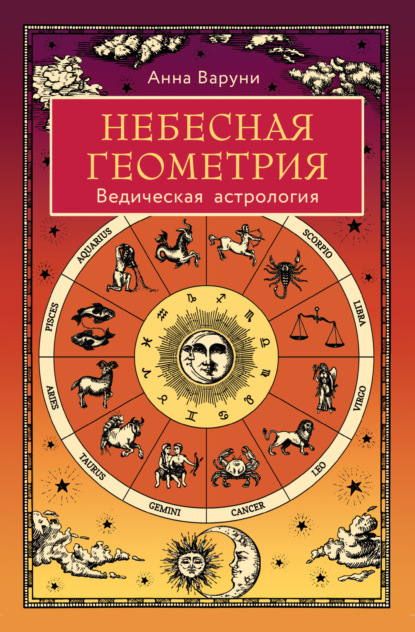Книга "Handbook of Virtual Humans" описывает все аспекты создания виртуальных людей, которые становятся всё более популярными и широко используются в различных областях, таких как индустрия развлечений (в кино и играх) и медицинских приложениях. Авторы книги - команда исследователей из MIRALab, Университета Женевы и VRlab, EPFL - представляют полное покрытие всех областей этой быстро развивающейся индустрии, включая моделирование движения лица и тела, моделирование волос, эмоциональную речь и общение через лицо, взаимодействие с 3D-объектами, отображение кожи и одежды, а также стандарты для виртуальных людей. В книге приведены объяснения концепции аватаров и автономных виртуальных актеров и основные техники создания и анимации их тел и лиц. Также описываются концепции поведенческой анимации, симуляции толпы, взаимодействия между виртуальными людьми и между реальными людьми и автономными виртуальными людьми. Книга также рассматривает продвинутые темы представления волос и анимации одежды с применением в дизайне моды и стандарты для виртуальных людей, такие как MPEG-4 Face Animation и MPEG-4 Body Animation. "Handbook of Virtual Humans" является определенным руководством в этой области и рекомендуется для всех, кто интересуется созданием виртуальных персонажей.
Volume in the Series "Interactive Computer Graphics and Animation" Edited by Kenneth Kotay, Josef Teran and Michael Fitzpatrick Contact Details: Nadia Magnenat- Thalmann [email protected] Virtual Humans are becoming increasingly popular and utilized in numerous applications, such as entertainment industries in both films and games, and their medical use. The authors present this comprehensive study of the evolving Field, covering all aspects from facial and bodily motion to expressive methods, facial communication and perception, interaction with three-dimensional environments, rendering human or animal skins, simulating hair, creating and animating fictional characters, and applying numerous standard techniques associated with these works. With information and citations provided by multiple U.S. and international researchers at MEMIR Lab, University Santa Clara, California and VRlab/EPFL located in Switzerland, the elegant text covers the concept behind Avatars, as well as Autonomous Virtual Actors, along with the most relevant strategies employed when creating and simulating them, with particular attention paid to their bodies and faces. The study addresses Contemporary topics like hair representation and Fabric animation applied to Fashion Design, while also considering Standardization for artificially animated human or non-human beings, such as those presented in MPEG-4.
Эта книга – минимум информации; все моменты, на которые автор явно хочет обратить ваше внимание и которые кажутся важными, обычно находятся в заголовках или подзаголовках. Речь идет о разнообразии моделей волос. Каждая основная идея сопровождается интересным историческим экскурсом, а в конце каждой главы есть золотое правило или предупреждение, сопровождающееся краткими примерами для понимания почему. Покупкой я остался полностью доволен, хотя эта книга практически не оставила офигительных открытий.
Электронная Книга «Handbook of Virtual Humans» написана автором Nadia Magnenat-Thalmann в году.
Минимальный возраст читателя: 0
Язык: Английский
ISBN: 9780470023174
Описание книги от Nadia Magnenat-Thalmann
Virtual Humans are becoming more and more popular and used in many applications such as the entertainment industry (in both film and games) and medical applications. This comprehensive book covers all areas of this growing industry including face and body motion, body modelling, hair simulation, expressive speech simulation and facial communication, interaction with 3D objects, rendering skin and clothes and the standards for Virtual Humans. Written by a team of current and former researchers at MIRALab, University of Geneva or VRlab, EPFL, this book is the definitive guide to the area. Explains the concept of avatars and autonomous virtual actors and the main techniques to create and animate them (body and face). Presents the concepts of behavioural animation, crowd simulation, intercommunication between virtual humans, and interaction between real humans and autonomous virtual humans Addresses the advanced topics of hair representation and cloth animation with applications in fashion design Discusses the standards for Virtual Humans, such as MPEG-4 Face Animation and MPEG-4 Body Animation.
